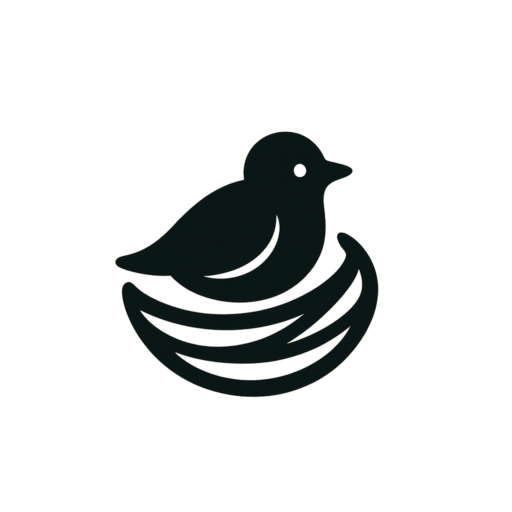AI in Creative Industries: Can Machines Create Art?

The Rise of Artificial Intelligence in Creativity
In recent years, the rise of artificial intelligence (AI) has significantly impacted various sectors, with the creative industries being one of the most affected. From painting and music composition to writing and design, machines powered by AI have begun to participate in artistic creation, prompting a profound debate about the nature of art itself. Can machines genuinely create art, or are they merely tools in the hands of human creators? This article explores the interplay between AI and artistry, encompassing its potential, limitations, and the philosophical implications of machine-generated creativity.
AI: A New Kind of Artist?
At the heart of the discussion lies a fundamental question: what constitutes "art"? Traditionally defined by human experience, emotions, and cultural contexts, art evokes feelings, provokes thought, and reflects the complexities of the human condition. AI, on the other hand, operates through algorithms, data analysis, and learned patterns, raising the question of whether outputs from these systems can elicit similar responses in audiences.
Creative Tools or Original Creators?
AI applications such as OpenAI’s DALL-E and Google’s DeepDream have demonstrated that machines can generate images and artworks that rival those of human artists. In music, AI algorithms can compose original pieces, blending various genres and styles far beyond human capacity. However, the distinction between AI as a creative tool and as an original creator is a murky one. When an AI produces a painting, is it a piece of art in its own right, or merely a reflection of the data and styles it has been trained on?
The Role of Human Intention
Critics argue that creativity requires a level of intention, emotion, and understanding of the human experience that machines simply lack. AI-generated art may mimic styles or combine elements in innovative ways, but it does so without the emotional depth or personal narrative that human artists infuse into their work. Human creativity is often driven by passion, life experiences, and a quest for self-expression, which AI cannot replicate.
Conversely, proponents of AI in art argue that creativity can be viewed as a complex problem-solving process. AI systems can be designed to explore uncharted territories of creativity, forming connections between disparate ideas that may be beyond human perception. In this light, machines might serve as collaborators or "co-creators," pushing the boundaries of traditional artistic expression.
The Merging of Minds: Human-AI Collaboration
One of the most compelling aspects of AI in creative industries is its potential for collaboration. Various artists have begun to embrace AI as a partner in their creative process. For instance, music producers use AI algorithms to generate unique sounds or inspire new compositions, while visual artists incorporate AI tools to create interactive installations or evolve traditional painting techniques.
These collaborations challenge conventional notions of authorship and originality, leading to new artistic movements that blend human creativity with machine learning. As artists and technologists work together, the resulting works not only broaden the scope of art but also encourage discussions about innovation and the future of creativity.
Ethical Considerations and Ownership
As AI-generated art gains prominence, several ethical considerations arise, particularly concerning ownership and copyright. Who owns an artwork created by an AI? Is it the programmer who developed the algorithms, the dataset used for training, or the artist who incorporated the AI into their creative process? These questions have sparked debates around intellectual property rights, urging policymakers and industry leaders to reconsider existing frameworks.
Moreover, the proliferation of AI art raises concerns about authenticity. If machines can produce high-quality artwork, does that devalue human artists’ work? The fear of an oversaturated market filled with automated creations might undermine the appreciation of traditional art forms, leading to potential economic repercussions for creatives.
Conclusion: A New Frontier in Art
AI’s encroachment into the creative industries is both exciting and contentious. While machines can undeniably produce striking artwork, the essence of creativity remains deeply rooted in human experience. The true potential of AI may lie not in outright replacement of human artists but in offering new tools and perspectives that redefine artistic expression.
As we navigate this new frontier, both artists and audiences will need to adapt to an evolving landscape where human creativity and artificial intelligence coexist. Ultimately, the question may not be whether machines can create art, but how they can enhance our understanding of creativity and push the boundaries of artistic exploration. The future of art may not be limited to human hands alone—rather, it may be a vibrant collaboration between humanity and technology, charting new courses for expression and innovation.
